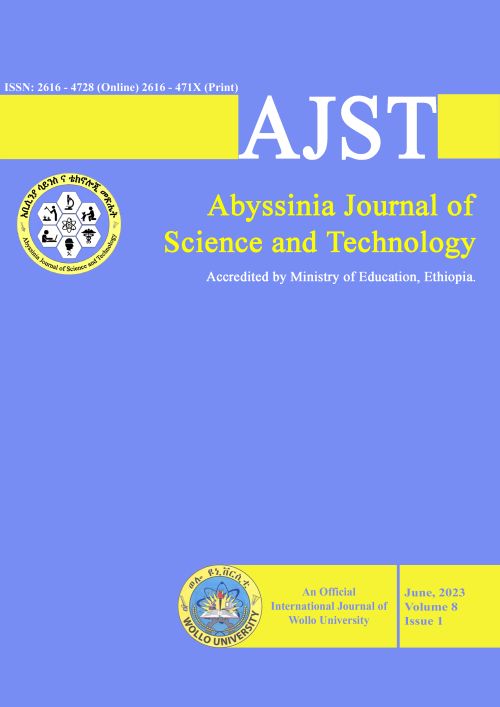Main Article Content
Diversity and quality analysis of tetraploid wheat farmer varieties from Ethiopia with HPLC and pheno-quality parameters
Abstract
Tetraploid wheat, including landraces, is a traditional and important food crop in Ethiopia and its protein composition determines the quality and usefulness of the crop. A total of 49 landraces of tetraploid wheat was obtained from Ethiopian Biodiversity Institute and grown on farmland of Dessie Zuria and Kutaber districts. The landraces were evaluated for diversity in protein composition via size exclusion-high performance liquid chromatography, reverse phase-high performance liquid chromatography and phenoquality traits were determined in the field. The result showed a high level of variation among the landraces evaluated both for pheno-quality traits and for protein composition, indicating opportunities to use the landraces directly for crop production or in breeding for quality varieties. Accessions containing HMW and LMW glutenin alleles known to correlate with quality characters were present in the material, as were accessions with similar or higher values for grain protein concentration and gluten strength (obtained from SE-HPLC) as compared to commercial varieties. Results from RP-HPLC indicated a closer correspondence in variations of wheat from Ethiopian regions situated close to each other, although a similar pattern was not seen for the quality evaluation by SE-HPLC. Crop development time was found correlating with SE-HPLC quality parameters. Thus, the study showed the presence of wide variation in Ethiopian tetraploid wheat landraces with high quality traits being promising candidates to be used for pasta production.







